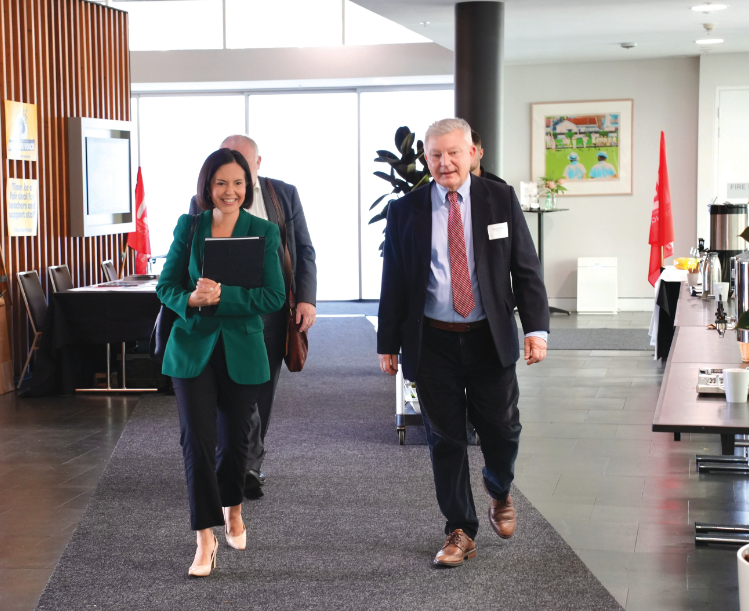Time for dioceses to emulate the Department of Education
A comprehensive review of teacher workload is critical to address the teacher shortage crisis.
Combing through diocesan policies to establish which can be dispensed with is important work.
A framework focused on teaching and learning is the way forward. Policies which no longer reflect NESA’s or TQI’s intentions should be culled or moderated. The recent clarification provided by NESA in relation to programs and school registration requirements provide examples of tasks that can be reviewed and modified.
IEU organisers will be available in Term 3 to facilitate discussions at school level in relation to workload reviews. Importantly, the union has also sought meetings with the dioceses to address workload concerns.
Pilot projects (if determined appropriate) must be supported with additional staffing. To impose new projects in the current situation is unacceptable.
Many dioceses have wrapped processes around NESA expectations in relation to ongoing accreditation. IEU members find these processes cumbersome and not reflective of the compliance sought by NESA. There is an opportunity for Catholic Schools NSW to act on workload. The union understands 10 of the 11 dioceses will come under the auspices of Catholic Schools NSW for school registration purposes.
Clearly a transition period will be necessary but a real opportunity exists for statewide consistency in compliance matters. Streamlining with a focus on teaching and learning in conjunction with a high level of support for NESA syllabuses as stand-alone documents is desirable.
To seek and lean upon additional programs from other jurisdictions rather than support and trust teacher professional judgement stemming from syllabus documents is clearly not productive.
The multitude of programs/initiatives/ trials is dampening the enthusiasm of both existing teachers and prospective teachers. The evidence for the latter is the large casual workforce which is not seeking temporary or permanent work but rather opting for casual work.
The complexities of the teacher shortage are many. To start meaningful reviews of teacher workload is essential.





































































































































